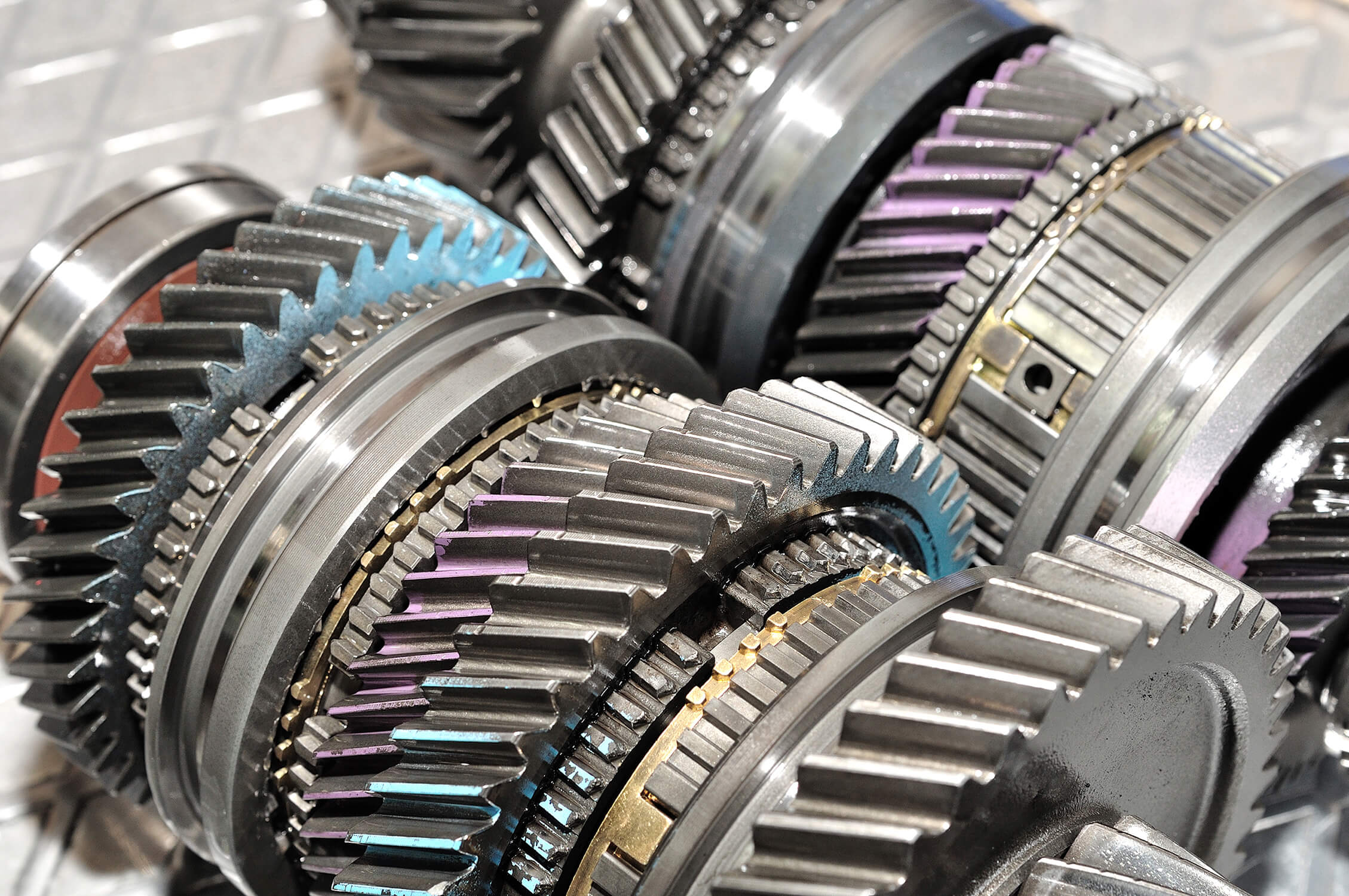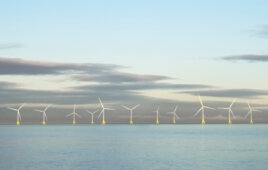By Jeff Elliott, Technical Writer
Oerlikon Balzers | oerlikon.com/balzers

Wind turbines must withstand harsh conditions, with little to no downtime. To do so quality components that perform under high loads are essential.
The wind industry has no shortage of challenges. A big one is manufacturing reliable, cost-effective turbine components that operate with minimal maintenance or repair. But almost without exception, turbines operate under extreme conditions that put components under considerable wear.
For example, turbine shaft bearings, planetary gears, and rotating shafts must perform under high loads, which includes direct metal-on-metal contact and typically with less than ideal lubrication. Components made of hardened steel or metal alloys can break down from scuffing, surface fatigue, pitting, galling, and overall wear and tear.
One way to prolong component health is to choose quality maintenance products to compliment a rigorous O&M plan. Another step is to use specialized coatings and surface treatments on certain components, such as roller bearings and planetary gears. Two such treatments — physical vapor deposition (PVD) coatings and nitriding, a heat treatment process — have been found to significantly increase the durability and lifespan of wind-turbine components.
Smarter O&M
A productive and long-lasting wind farm is a wind operator’s goal. However, over time, operators are bound to face significant O&M costs for repairs, replacements, and complete overhauls. Budgets must account for upgrades, logistics (including cranes for onsite repairs), and skilled wind techs who can perform the necessary repair tasks.
“When you have to bring a crane on-site to change a turbine’s main shaft bearing, for example, it is not only the cost of the new bearing but also the total work to exchange the part. It adds up quickly,” says Dr. Florian Rovere of Oerlikon Balzers, a company that produces specialized coatings for components in North America. “Think $100,000 or $200,000 for an overhaul.”
As towers get taller and turbines grow in capacity, components must also increase in size, which adds to costs. Taller towers mean taller cranes and larger repair bills.
“Sometimes suddenly or unexpectedly, a clean-energy project can become extremely costly to operate, which is why wind-farm operators look to extend the longevity of turbine components as much as possible,” adds Rovere.
He suggests using coatings and surface treatments to significantly extend the service life of wind components. Black oxide is one example of a coating that’s used on certain components. It is produced by a chemical reaction between the iron on the surface of a ferrous metal and oxidizing salts.

Specialized PVD coatings and nitriding can significantly increase the durability and lifespan of wind-turbine components, such planetary gears.
“After a post-treatment with oil, the surface has an improved lubricity and it protects against corrosion and galling during metal-to-metal interactions,” he says. “However, black oxide is not very durable and can be worn away quickly in repetitive, high-load applications.”
Because wind turbines operate in demanding weather and environmental conditions, Rovere says it is extremely important to consider coatings that are optimized for such harsh energy environments.
“Coatings must stand up and last if they’re to be effective. For this reason, a more effective choice for the wind industry includes the application of specialized physical vapor deposition or PVD coatings and nitriding treatments that increase surface hardness and durability.”
By applying coatings optimized for punishing environments, components benefit from increased surface hardness and a much lower coefficient of friction. The payoff: turbine parts are replaced much less frequently, if at all. “The aim is to reduce maintenance and unplanned downtime while, at the same time, improve overall wind-turbine performance,” says Rovere.
A closer look at PVD coatings
Physical vapor deposition encompasses a wide range of vacuum deposition methods used to produce coatings. PVD provides a thin coating on components that can increase their surface hardness, durability, and corrosion resistance. PVD coatings can also lower a product’s friction coefficient, which makes it ideal for use on many wind-turbine parts.
A coating with a low friction coefficient essentially forms a protective barrier between metal-on-metal contacts, which reduces fretting corrosion and pitting. In turn, this minimizes potential structural damages, such as white-etch cracking on bearings and fatigue failure. This means components are more reliable and less likely to fail, so maintenance and downtime are diminished.
“A specialized PVD coating that is particularly effective is BALINIT C, which can be applied in thicknesses of 0.5 to 4 micrometers on roller bearings and gear parts,” suggests Rovere. BALINIT C is a Tungsten Carbide/Carbon-based coating (referred to as WC/C) that includes a mixture of metal and diamond-like carbon. “This Tungsten WC/C ductile coating has a high load-bearing capacity — even when used with insufficient lubrication or dry contact.” This is significant because gear oil and lubricants are typically costly and challenging to efficiently maintain in turbines at remote wind farms.
According to Rovere, PVD coatings are an important option for wind operators wanting to optimize their fleet. However, the coating has limitations.

Nitriding is a heat-treating process that diffuses nitrogen deep into the surface of a metal to create a case-hardened surface.
Uncovering nitriding
Unfortunately, there are limits to the size of products that can be coated with PVD. This is particularly true as wind turbines are built larger and taller to take advantage of greater wind speeds. The ring gears in large gearboxes, for example, can measure up to three- meters in diameter. For such large gears, a nitriding process is recommended to increase the surface hardness of the metal.
“Nitriding is a heat-treating process that diffuses nitrogen deep into the surface of a metal to create a case-hardened surface,” explains Rovere. “Because it is not a coating, it will not affect the overall dimensions of the component.”
Although traditional gas nitriding costs less, plasma nitriding has the advantage of making the treatment more precise by minimizing warping and distortion, while providing a higher load-bearing capacity.
Rovere says his company recently put this process to the test. In an FZG pitting test BALITHERM IONIT, a plasma nitriding process from Oerlikon Balzers exhibited one-fifth the roundness deviation and seven times better planarity than gas nitriding on a two-meter diameter ring gear.
Another potential application for plasma nitriding treats the surfaces of large bearing cages used with wind turbine bearings to increase the sliding wear resistance against the rollers. The process can be used on components with up to 3-m diameters, 10-m long, and weighing up to 40 tons.
“Compared to gas nitriding, the tolerances for roundness, planarity, and parallelism can be adhered to much better,” says Rovere. “This is true even with large components, such as the ring gears. It is also an important discovery for the service life of a system where enormous forces are at work.”
Filed Under: Components, Gearboxes, News, O&M





Has anyone tried plasma coating with tungsten carbide and polishing the surface